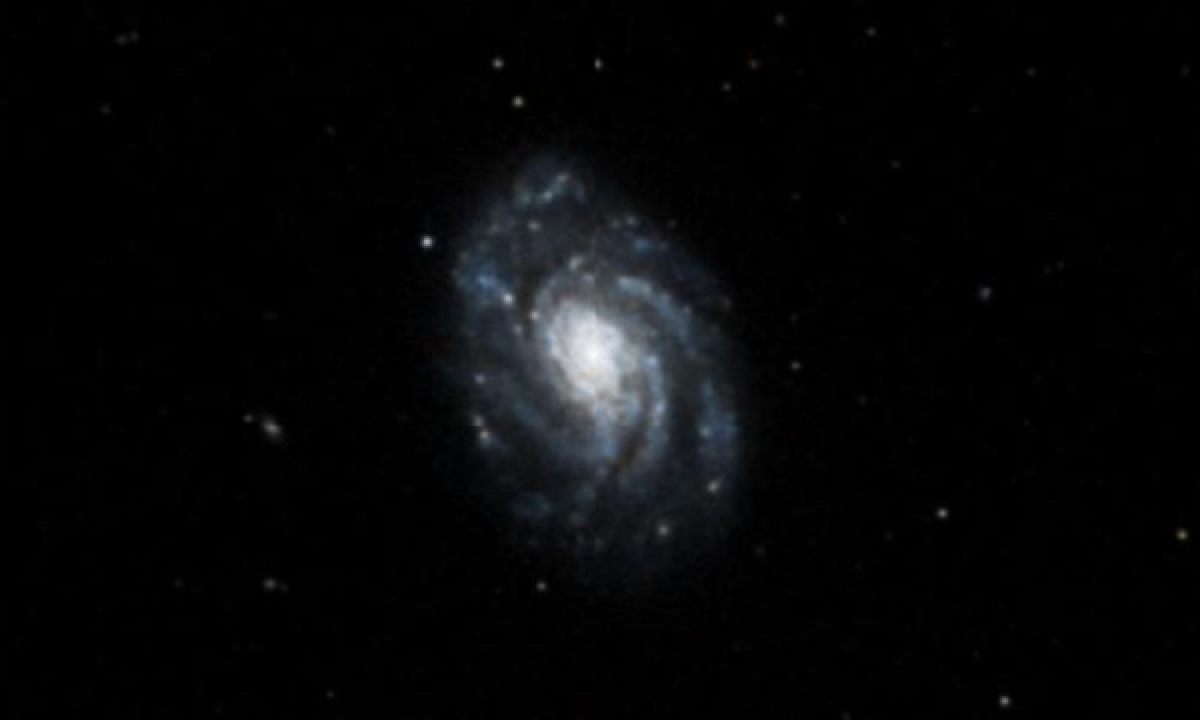The New General Catalogue of Nebulae and Clusters of Stars (abbreviated as NGC) is a catalogue of deep-sky objects compiled by John Louis Emil Dreyer in 1888. The NGC contains 7,840 objects, known as the NGC objects. It is one of the largest comprehensive catalogues, as it includes all types of deep space objects, including galaxies, star clusters, emission nebulae and absorption nebulae.
Know more about NGC
NGC 3810

NGC 3810 is a spiral galaxy located in the constellation Leo. It is about 50 million light years from Earth, and estimated to be about 60,000 light years in diameter. William Herschel discovered it on 15 March 1784. The bright galaxy NGC 3810 demonstrates spiral structure similar to that of Messier 77. The central part of the galaxy disk is of high surface brightness and features tightly wound spirals. Outside this disk lie more open arms with lower surface brightness. The bright central region is thought to be forming many new stars and is outshining the outer areas of the galaxy by some margin. Further out, the galaxy displays strikingly rich dust clouds along its spiral arms. Hot young blue stars show up in giant clusters far from the centre and the arms are also littered with bright red giant stars. NGC 3810 forms a small group of galaxies with NGC 3773, the NGC 3810 Group, which is part of the Virgo Supercluster.
More Images:

Sources:
Wikipedia Page: NGC 3810
NGC 3810 at In-The-Sky website
